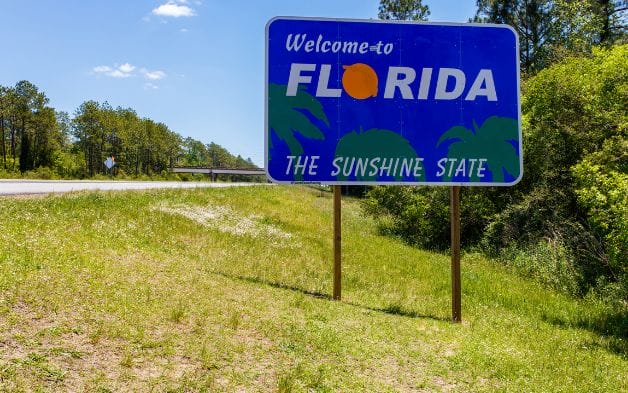Having moved its strategy to a more defensive position in the lead up to the global financial crisis, Cbus, the A$13 billion (US$10.4 billion) Australian pension fund for the construction and building industry, is preparing to put risk back on the table. Kristen Paech talks to investments and governance manager, Trish Donohue about how the fund has dealt with the adverse markets and liquidity stresses facing pension funds globally.
A decision made long before the credit crunch took hold has spared Australian superannuation fund Cbus much of the pain inflicted on other pension funds over the past 18 months.
As well as increasing its allocation to cash and underweighting its allocation to equities, Trish Donohue, investments and governance manager, says the fund was “cautious early in dealing with the highly leveraged collateralised securities which have caused many of the problems for funds”.
“We did have some managers coming to us with opportunities with regards to CDOs and COOs and we reviewed them but decided the risks were too high,” she says.
“Cbus also positioned itself early to take advantage of distressed investment opportunities through some private equity investment.”
Despite some 40 per cent of the portfolio being invested in unlisted assets, Cbus has also fought off the liquidity pressures that have forced the fire sale of assets by some funds, thanks to solid cashflows and low member switching.
“Cbus is very fortunate to have a relatively young average member age, providing solid cashflows into the fund,” Donohue says.
“Even after all benefits and expenses are paid, the fund has around $100 million (US$80.5 million) to invest each month. This amount is more than enough to meet capital calls and investment opportunities as required.”
More than 90 per cent of Cbus’ members are invested in the Core Strategy Option, which allocates 46 per cent to equities, 14 per cent to infrastructure, 17 per cent to property, 9 per cent to private equity, 5 per cent to fixed interest, 6 per cent to cash and around 3 per cent to other alternatives.
“Some funds have suffered from members switching to lower risk options such as cash and capital guaranteed,” Donohue says.
“Obviously this can impact liquidity. Although we are not immune from this, Cbus’ members have mostly remained in the Core Strategy.”
Over the one year period to March 31, that option returned -14.3 per cent, however by the end of May, the fund had returned -11 per cent for the financial year to date, and Donohue says both Australian and international equities have outperformed their benchmarks – albeit still negative performance.
The fund’s property portfolio significantly outperformed, with the majority of that outperformance coming from its dedicated direct property arm, Cbus Property.
Cbus Property manages around 50 per cent of the fund’s property portfolio and is largely focused on developing new properties and sourcing value add opportunities.
Earlier this year, Cbus Property invested in a new six green star rated development in Sydney.
Environmental, social and governance (ESG) is a strong focus for Cbus, and the fund chooses to integrate ESG into its investment decision-making across all assets of the fund, rather than offer members an ethical or socially responsible investment option.
In January, the fund hired a dedicated ESG investment manager to work with the investment team, the fund’s consultant – Frontier Investment Consulting – and its fund managers to progress the integration of ESG.
While listed equities and property were initially prioritised given that’s where most of the fund is invested, Donohue says Cbus is steadily working on ESG integration for other asset classes, particularly infrastructure and private equity.
“There are a number of other initiatives that we are finding helpful in our ESG integration,” Donohue says.
“Through the Investor Group on Climate Change we are broadening our understanding of the impact of climate change on our investments, as well as looking at opportunities for investors in the inevitable transition of the economy toward a low-carbon basis.”
Cbus has also joined ESG Research Australia, which was set up to enable super funds and fund managers to work together to encourage brokers to focus more on producing quality ESG research.
According to Donohue, there are currently only two brokers in Australia who produce ESG research.
“We hope that through ESG Research Australia we will see a significant increase in that over the next few years,” she says.
Fund snapshot:
With more than 550,000 members and more than 60,000 participating employers, Cbus is one of Australia’s largest superannuation funds. Established in 1984, it is the industry superannuation fund for the construction, building, infrastructure and allied industries. It is also a public offer fund, which means that anyone, in any industry, can join.


